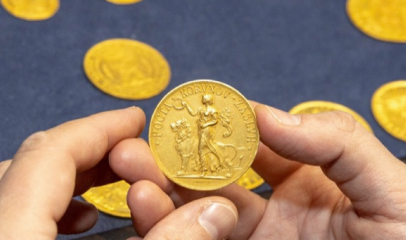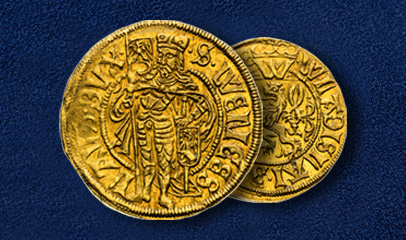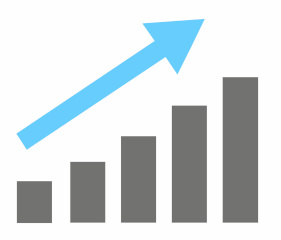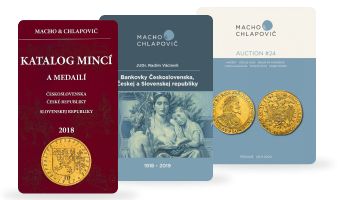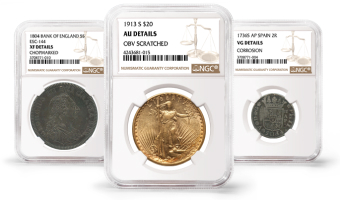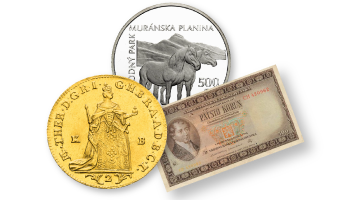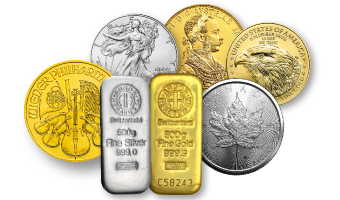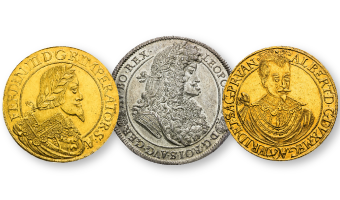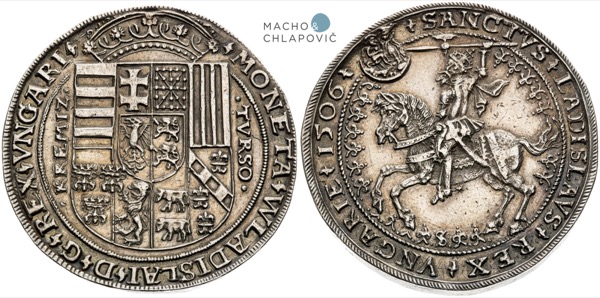
House of Thurso | House of Schlick | Ferdinand I | Maximilian II
The Turn of the 15th and 16th Centuries – A New Economic Era
For many reasons, the turn of the 15th and 16th centuries can be considered a defining moment in Central European history. One of the most significant events of this period was the collapse of the Bohemian state during the Hussite Wars, which was further exacerbated by the ostracization of Czech Reformation elites by the Papal States and European powers.
Until 1419, the Kingdom of Bohemia was one of the wealthiest regions in Central Western Europe and a longstanding power center of the Holy Roman Empire. However, it descended into political instability and economic decline, as violent redistributions of property led to a long-term outflow of foreign capital. It was only in the late 15th century, under Jagiellonian rule, that Bohemia’s political elite managed to break free from international isolation, creating the conditions for future economic prosperity.
The Importance of Bohemian Silver and the Crisis of Coinage
Since the 14th century, the backbone of Bohemian trade was the export of Kuttenberg silver in the form of Prague groschen. However, the Hussite Wars caused a dramatic decline in silver mining, leading to a shortage of high-value currency.
As a result, the markets of Central Europe became flooded with low-grade pfennig coins, which were sufficient for daily transactions but unsuitable for large-scale trade. This crisis motivated the Habsburgs in the 1480s and later the Thurzo family in Hungary to experiment with minting heavy silver guldiners.
3 Guldiner 1506. Vladislaus II of Hungary. Kremnica. Link to the online catalogue here.
The Birth of the Legendary Thaler – A Monetary Revolution
Discovery of Silver Deposits and the Emergence of the Joachimsthaler
The situation changed dramatically with the discovery of rich silver deposits—first in the Erzgebirge (Ore Mountains) and shortly after in the Harz region of Germany. The extraordinary wealth of the Joachimsthal silver mines led to the birth of the Joachimsthaler, a coin that would become one of the most influential currencies in history.
Since Bohemian law prohibited the untaxed export of raw silver, it had to be minted into coins before it could legally leave the country. Most Schlick thalers were sent to commercial markets in Leipzig, Saxony, where hundreds of thousands were traded—only to be melted down and reminted into German coins.
Thalers as an Economic Necessity Across Europe
By the 1530s and 1540s, the minting of heavy trade coins—thalers—became an economic necessity throughout Central and Western Europe, and most states gradually adopted their use.
The availability of silver further increased thanks to imports from Spanish American colonies, which surged dramatically from the early 16th century onward. These vast amounts of silver entering the Holy Roman Empire helped finance Emperor Charles V’s military campaigns against rebellious Lutheran estates.
As silver coinage flooded the market, the price of gold began to rise, its value increasing relative to silver throughout the 16th century.
2 Taler 1520. Stephan Schlik and his brothers. Joachimsthal. Link to the online catalogue here.
Thalers at the Crossroads of Gothic and Renaissance Art
It is remarkable that the new heavy silver coin emerged at the transition between two great historical periods—Gothic and Renaissance.
By the late 15th century, the intellectual currents of the Italian Renaissance were spreading north of the Alps, influencing all aspects of society, including art and numismatics. The earliest guldiners and thalers were not only important trade coins, but also stunning artistic masterpieces of early Central European Renaissance craftsmanship.
Conclusion – Thalers as a Symbol of Economic and Cultural Transformation
Thalers were not just a means of exchange—they reflected the economic, political, and cultural transformation of Europe.
Their minting symbolizes major shifts in the European economy, the availability of precious metals, and the rise of Renaissance art and culture. The Jaroslav Kokolus Collection provides a unique insight into this fascinating period and the key historical figures—House of Thurso, House of Schlick, Ferdinand I, and Maximilian II—who shaped the economy and coinage of their time.
Taler 1577. Maximilian II. Budweis. Link to the online catalogue here.
Exclusive Auction for Numismatic Collectors
On April 25, 2025, the 35th auction will take place in Prague, featuring the Jaroslav Kokolus Collection. At the same time, the traditional numismatic auction #36 will be held, offering additional rare historical coins and numismatic treasures.
How to participate in the floor auction?
- In person on the floor – Join the auction directly at the venue - Hotel Mandarin Oriental, Prague.
- By phone – Place your bids via a phone call.
- Live bidding via the AUEX auction system – Participate in real-time through the AUEX platform.
- Prebidding via the AUEX auction system – Submit your maximum bid in advance through the AUEX auction system.
Auction #36 will, as always, continue with an eLive auction, where, in addition to coins and medals, you will also find a selection of rare banknotes. The eLive auction will take place from April 27, 2025 – April 30, 2025, starting at 6:00 PM.
How to participate in the eLive auction?
- Live bidding via the AUEX auction system – Participate in real-time through the AUEX platform.
- Prebidding via the AUEX auction system – Submit your maximum bid before the auction starts.
AUEX Auction System: Register to bid


